Shots from the plane as we land in Manila. Song: Bright Eyes - "Ladder Song"
Balikbayan, pt. 4: Epilogue
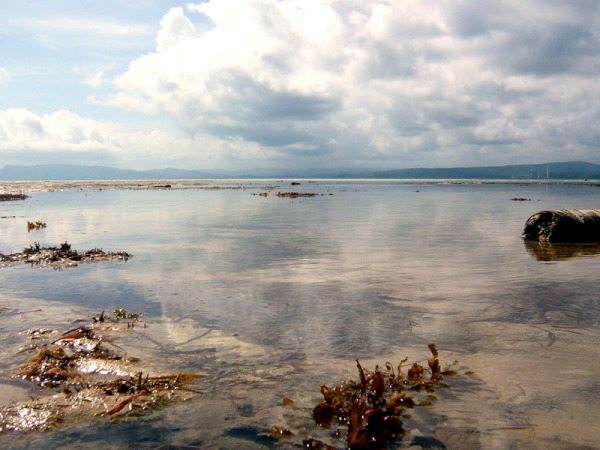
Three years is a long time by most standards. For life milestones and other significant events, it almost seems too soon. When I came to the Philippines for the first time as an adult in 2007, I found it to be a significant and confusing experience. It was awe inspiring at times, depressing at others, and generally lonely. I left motivated with new knowledge and life experience that would fuel my years to come. I did not expect to come back again so "soon."
On the last day of November, my grandfather passed away at the age of 92. My parents packed their things to be with the family in early December, and my Sister and I followed on our own a week later. His name was Nestor. I did not know this basic fact until I came here. Everyone referred to him by his second first name, Virgilio, but legally his real first name was Nestor. How do I go for 23 years without knowing that? I never got to know him on a personal level. I knew and admired him mostly by reputation.
Review | Here Lies Love
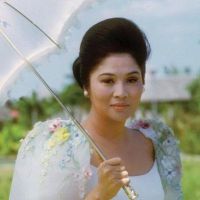
The album I want to write about, in pure first impression terms, is not from an artist I know very well or am particularly passionate about. It's the oddball project from David Byrne of Talking Heads/Crazy Solo Musicology fame collaborating with Fatboy Slim of Songs That Were Popular In The 90s. The reason: It's a 2 disc concept album about Imelda Marcos.
Imelda Marcos, the infamous wife of martial law dictator, Ferdinand Marcos, of the Philippines. Best known for being a modern, Southeast Asian Marie Antoinette and for her obscene shoe collection. Joining them is an all-star cast of indie, pop and rock & roll female vocalists. It's one of those projects that's like a paper airplane: when you throw it, it will either be a perfect glide or a crazy, skittish nose dive.
Byrne, to his credit, isn't just haphazardly choosing an oddball topic. He's done his research, spent time on the islands, and I get the sense that he at least has a good hold of the context of what he's making an album about. Whether that comes through in the music is a separate story. Byrne says he's chosen this topic because the "conflation of fantasy, personal pain and politics that runs through history and that played itself out [in the Philippines] in a dramatically obvious way." For those seeking insight into the madness behind this project, I highly recommend that link. It's a long article written by Byrne himself about his time researching.
So, here is that album at long last, Here Lies Love, complete with awkward, dated portrait of Imelda Marcos as the cover art. I guess the fear is that the album might be embarassing; Perhaps it makes a caricature of the history or the country or the culture. Perhaps it might be terribly whitewashed and romanticize a dark period of Philippine history.
But what if was a totally fun, interesting, educational and, above all, sonically beautiful two disc album? That's the best we could hope for.
Essay | Wretched
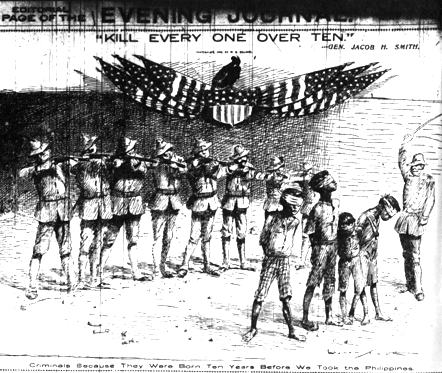
As a child, when I found out that the Philippines was a former colony of the United States, my first thought was, "Cool." They don't teach you what colony means or what colonialism is in school. Your frame of reference is the American Revolution - you think it means a distant governorship, maybe some taxes charged, but otherwise, everything remains unmolested. Colonialism doesn't mean violence, it doesn't mean the manipulation and systematic molding of people. In school, "colony" is just an empty term meaning, "part of."
So it was "cool." Cool, because it meant I wasn't really an Other anymore. It meant that I didn't have to represent this strange, foreign outside image and that I fit in to the mainstream like everyone else. That I should be accepted as one of them. I was glad. I felt normal.
This was the outcome of a one hundred year plan. The stage is set like this: There was a random smattering of islands in Southeast Asia. Seven thousand, give or take, populated with different peoples, different ethnic groups, different languages and tribes and religions. Spanish explorer Magellan tries to sail across the world, but crashes into one of the islands and gets a dagger the liver for his trouble. Trade goes through with the Chinese, with Muslims, with their neighbors, and various parts of the island show the influence.
Fast forward. A guy (well, a king) named Philip sees thousands of islands and over 70 different languages and decides to draw a border around all of them and call them his own. With no regard for their own ethnic borders and unique culture, the Spanish forced the creation of a single nation out of many. King Philip decides to name the nation, and thus the people, after himself. Their message was Catholicism. The fever caught on everywhere except in the very north and the very south.
Fast forward, again, this time roughly 500 years. The people have taken the name Pilipino, or Filipino, derived from Philip, or Felipe. They finally fight off the colonizers. A revolutionary and polymath named Jose Rizal uses the term Pilipino as a personal identity, to much controversy. In some ways, it's an inspiring call to unity, a call for one people with the singular purpose of fighting off their oppressors. In other ways, it's an acceptance of the colonialist structure forced upon them.
Balikbayan, pt. 3
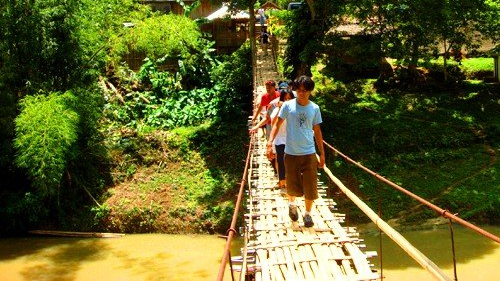
One of the things that I miss the most about the Philippines is that everything was interesting. It took me back to a time when looking out the window of the backseat of a car was a viable entertainment option. Wherever we went, be it the crawling pace of the rain covered city or the speeding, winding roads along the tropical hills, everything was interesting. Not pretty, not vibrant, not even infusing any particularly good feelings. It was just always stimulating to thought, giving you, the outsider, something worth examining. The titanic billboard for Coca-Cola has you concocting sociological theories. The rural unfamiliarities have you picking and prying at who you claim to be. The pile of electrical wires, hanging precariously overhead, has you wondering what big ideas are to blame for the shape of things.
Act three of our trip to the Philippines had the most to see. It's a story that starts off with lots of gleaming tourist attractions, funnels down into a complacent sense of family, and ends as all good stories do: A conclusive finale where the characters are changed and exit stage left. Curtains drop.
Balikbayan, pt. 2
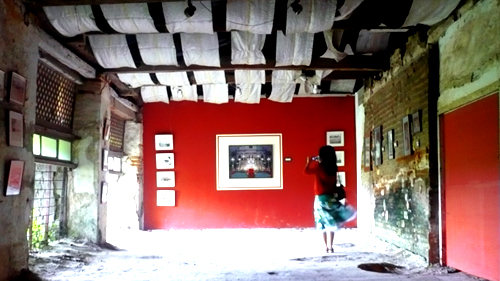
The first three days in Metro Manila were an exercise in privilege. A big city, with American franchises, air conditioning and pavement. The next week or so would be a few steps towards the other end of the spectrum. This was Angeles City in Pampanga. We had experienced what the successful in capitalism had to offer. Now it was time to see the rest.
Angeles, and the surrounding areas like Dau, are not minor villages full of living-off-the-land types. It is still a city by every means, but not a major, highly developed, nicely planned out one. They don't build their structures to the sky, they don't put lines on their roads, they don't paint over every cement wall. But it's not the province. The air is thicker with smog and nothing looks like it was ever new. It is urban decay bustling with activity, but not wealth.
Balikbayan, pt. 1
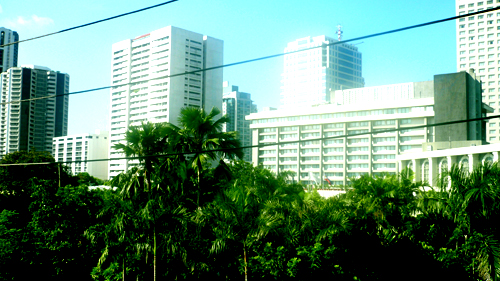
Filipino immigrants always return. Like an annual ritual, they come back regularly to family and familiarity. For American-born Filipinos, they are brought along for the pilgrimage by their parents. I could call it a rite of passage, or an exposure to one's roots, but it's a part of Pilipino American culture that has many different meanings and indications for many different people. Some hate going, some never see more than their Lola's house, and some go every other summer.
For me, it had been at least 12 years since I last set foot on Filipino soil. As the years went on, another trip to the Philippines became more and more inevitable. You could only go so long without visiting. So it was decided that in the summer of 2007, that we would spend over one month immersed in the Philippines. We wouldn't just be visiting family and hanging out in the province. We would also see the sights, from the tourist destinations to the historical landmarks that defined the country's history.
It's been three nights here in the Philippines. I'm enjoying it, but it still a little bit daunting to think that I'll be away from the familiar routines for over a month. It has been, and will continue to be, much more than a vacation.
